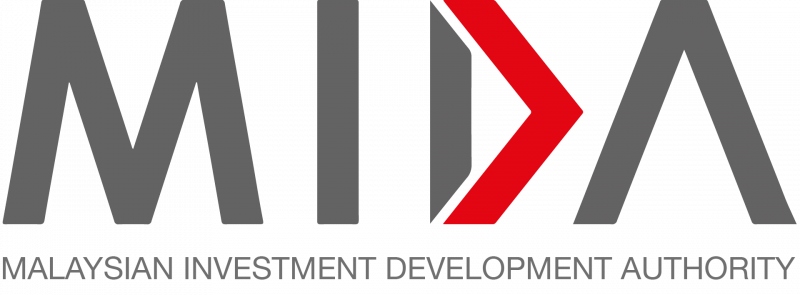The impending rise in U.S. tariffs on China-made gloves presents an opportunity for Malaysian manufacturers to ramp up production.
However, Tradeview Capital fund manager Neoh Jia Man anticipates that the glove sector’s overall performance will likely remain subdued in the coming months, with variations among individual companies.
He said with the planned United States (US) import tariff hike on Chinese gloves taking effect in January 2025, Chinese manufacturers are likely to ramp up their marketing efforts in non-U.S. markets such as the European Union.
“This shift creates potential opportunities for local players that can expand their exports to the US, positioning them to benefit from increased demand in this key market.
“On the other hand, players who are unable to take advantage of higher U.S. demand might see a net negative impact from downward pressure on glove prices in non-US markets,” he told Business Times.
Neoh said volume increases may vary across local players, depending on differences in production capacity and pricing power.
“However, with no Malaysian firms currently facing export restrictions to the US, most players are likely to experience a boost in US-bound shipments, though this may come at the expense of reduced sales in other regions,” he added.
Hartalega Holdings Bhd expects its sales volume of generic medical nitrile rubber gloves to rise from 1.9-2.0 billion pieces per month in the second quarter of 2024 (Q2 2024) to 2.1-2.2 billion pieces per month in Q3 2024.
This volume is anticipated to increase further in Q4 2024, reaching 2.3-2.4 billion pieces per month, primarily due to trade diversion from U.S. customers spurred by tariff changes.
Hong Leong Investment Bank Bhd (HLIB Research) said that Hartalega has an edge over other local manufacturers due to its stable business relationship with the U.S.
The bank also noted that Hartalega has not been subjected to Withhold Release Orders (WRO) by U.S. Customs and Border Protection (CBP).
“Historically, Hartalega’s revenue exposure to the US was 40-50 per cent, but it expects this to increase to 60-70 per cent from January 25 onwards.
“We view the increasing US exposure positively given the more favourable pricing vs non-US customers,” it said in a note.
The research firm observed that Hartalega has seen a resurgence in the “US premium” for October and November orders, with a slight premium of under US$ 1 per 1,000 pieces over European orders.
Hartalega expects this premium to become more pronounced in December ahead of a US tariff increase on Chinese imports, rising from 7.5 per cent to 50 per cent in January 2025, which is likely to reduce the cost-effectiveness for Chinese producers.
“Consequently, Hartalega is quoting its December orders at US$22 to US$23 per 1000 pieces (versus US$24-26 per 1000 pieces in the pre-pandemic era) for its US customers, subject to acceptance.
“This price point implies a premium of US$3 to US$4 per 1000 pieces compared to its ex-USA customers in order to fully pass on the recent forex impact faced and potentially expand its margins.
For non-US markets, Hartalega has maintained competitive pricing at US$18 to US$19 per 1,000 pieces since May 2024, as Chinese manufacturers continue to offer lower prices at US$ 16 to US$17 per 1,000 pieces.
Before the pandemic, Hartalega was able to charge U.S. customers a premium due to stricter acceptable quality levels (AQL).
However, this premium plummeted in January 2023 due to intensified regional competition from Malaysia, Thailand, and China.
HLIB Research maintained its earnings forecasts for Hartalega for financial year 2025 (FY25)-FY27 as it believes the expected upcoming weaker Q2FY25 financial performance will be offset by a stronger Q4FY25.
It also maintained “Buy” on the stock with an unchanged target price of RM3.62.
Source: NST
‘Good opportunity to ramp up production’
Content Type:
Duration:


